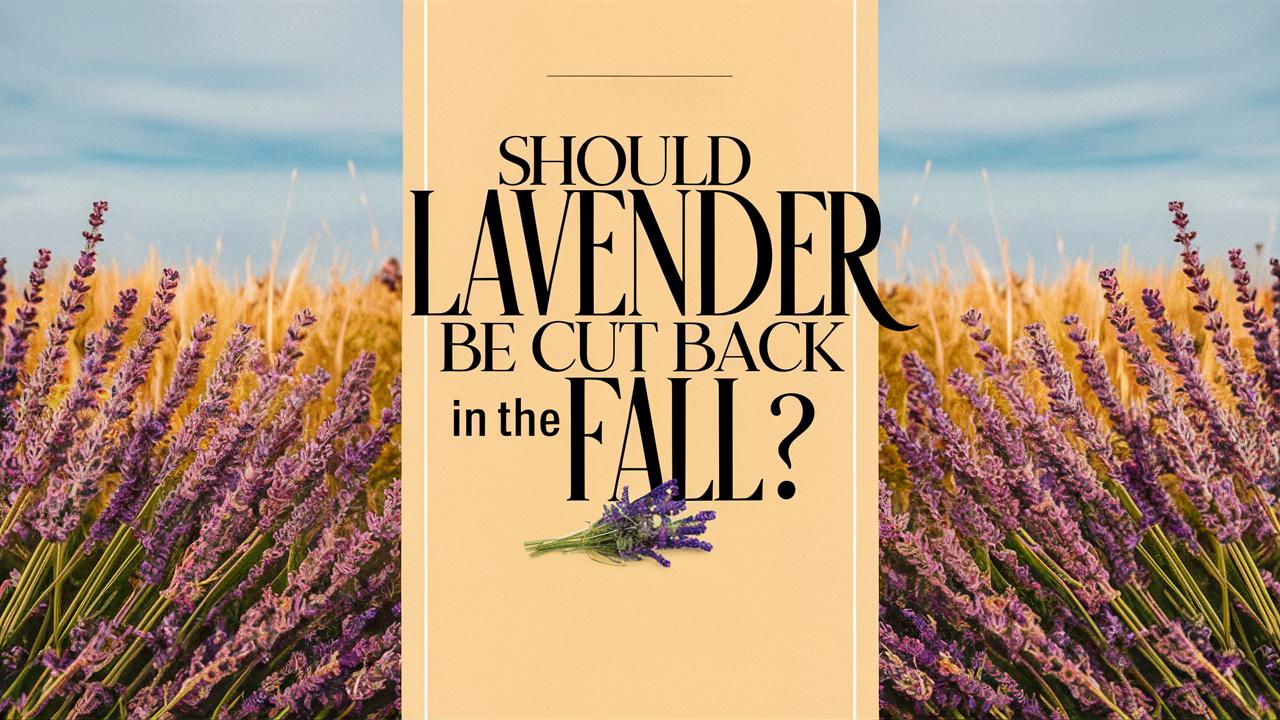In this comprehensive blog post, we will explore the various aspects of pruning lavender, including the optimal timing, techniques, and benefits while paying special attention to the fall season.
Understanding Lavender and Its Growth Habits

Before diving into the specifics of cutting back lavender in the fall, it’s essential to understand the characteristics of this remarkable plant. Lavender belongs to the Lamiaceae family and is primarily found in the Mediterranean region. It thrives in well-drained soil, full sunlight, and relatively dry conditions.
Growth Patterns: Lavender grows in a bushy, woody habit with multiple stems emerging from a central crown. Over time, lavender can become leggy as older branches age and die off, which can lead to a less aesthetically pleasing appearance. However, lavender is known for its resilience and ability to regenerate when properly maintained.
Types of Lavender: There are several species and cultivars of lavender. The two most common types are English lavender (Lavandula angustifolia) and French lavender (Lavandula dentata). While both varieties offer incredible beauty and scent, they may have slightly different pruning needs. Understanding which type of lavender you have can help you decide on the best pruning strategy, especially in the fall.
The Importance of Pruning Lavender
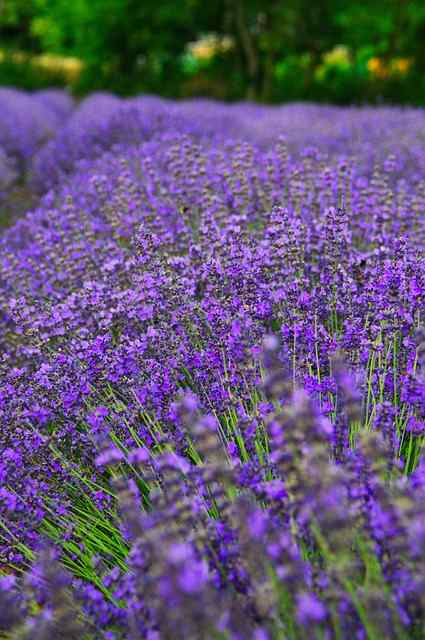
Pruning is a crucial aspect of lavender care that can significantly impact the plant’s health and productivity. Not only does pruning promote bushier growth and improve airflow, but it also encourages the production of new blooms. Regularly cutting back lavender can help prevent issues related to disease and pest infestations as well.
Enhancing Aesthetics: Well-pruned lavender plants have a more uniform and appealing appearance in gardens. By removing leggy growth and dead stems, you create a neater, more compact plant that is visually pleasing.
Increasing Flower Production: Lavender blooms on new growth, meaning that when you prune your plant, you encourage more vigorous growth that can lead to additional flowering in the following season. This is especially true for English lavender, which responds well to spring pruning.
Promoting Plant Health: By eliminating old, woody growth, you allow sunlight and air to penetrate the center of the plant, reducing the risk of fungal diseases. Proper pruning also helps to maintain a healthy root system, ensuring that the plant remains vigorous and blooms abundantly.
Timing: When to Cut Back Lavender
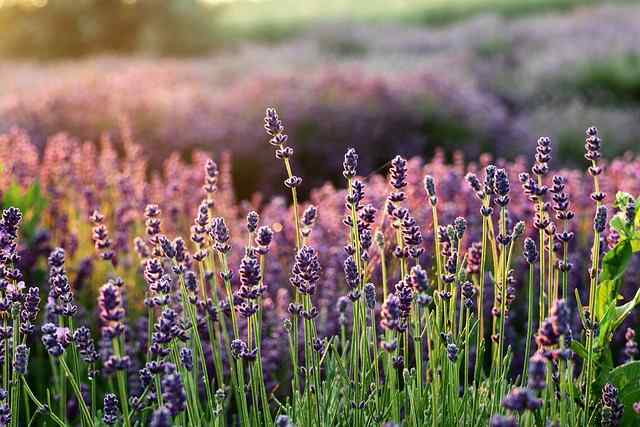
Timing is a critical factor when it comes to pruning lavender. Many gardeners wonder if fall is the right time for this important task. While it may depend on specific varieties and local climates, most experts recommend two main pruning stages for lavender: one in the spring and one post-bloom.
Spring Pruning: Springtime pruning is the most common practice, which involves cutting back the plant after the last frost but before new growth begins. This timing helps ensure that you do not remove any stems with developing buds, maximizing your flower production.
Fall Pruning: While some gardeners consider fall pruning, it is generally not the most recommended practice. Lavender plants in colder climates can benefit from minimal pruning in the fall, aimed largely at tidying up while protecting the crown from winter damage. However, cutting back too aggressively in the fall can risk leaving the plant vulnerable to frost damage, as it may not have enough time to harden off before temperatures drop.
Reasons to Avoid Fall Pruning
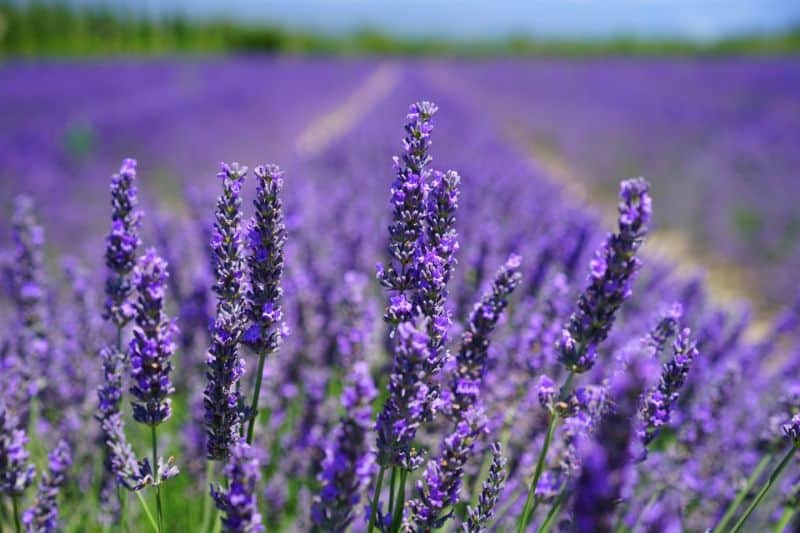
There are several reasons why fall may not be the best season for cutting back lavender. Let’s delve into these concerns:
1. Increased Risk of Frost Damage
One of the primary reasons to avoid radical pruning in the fall is the potential for frost damage. When you prune lavender late in the season, you expose the tender new growth that may not have had the chance to harden off. If an unexpected frost hits, those areas can suffer severe damage, which could impact the plant’s overall health and flowering in the following year.
2. Reduced Winter Hardiness
Pruning too much in the fall can lead to decreased winter hardiness for lavender plants. A vigorous winter storm or a particularly harsh winter can affect lightly pruned lavender, making them susceptible to stress when unprotected from the cold temperatures. Maintaining the natural foliage can help insulate the plant and provide some protection against frost.
3. Delay in New Growth
Most lavender plants will be in a stage of dormancy during the fall. If major pruning is done at this time, the plant may focus its energy on healing and recovering rather than preparing for new growth. This delay can hinder flowering and overall vigor in the spring.
The Best Practices for Fall Care of Lavender
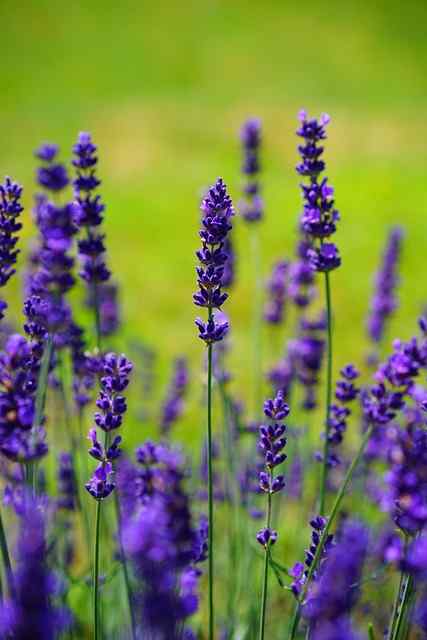
While aggressive cutbacks in the fall are not advisable, there are still essential steps that gardeners can take to ensure the health of their lavender plants as they transition into winter.
1. Light Pruning for Aesthetic Purposes
Light pruning to remove any spent flowers or dead wood is appropriate in the fall. This helps tidy up the plant while ensuring that the more robust older wood can remain intact to provide winter protection. Keeping the plant visually appealing can also enhance the winter landscape.
2. Mulching for Protection
One effective way to prepare lavender plants for winter is to apply a layer of organic mulch around the base. Mulching helps to maintain soil temperature and moisture while also protecting roots from freezing temperatures. Additionally, it discourages weeds that may compete with your lavender for nutrients.
3. Watering Practices
While lavender prefers dry conditions, it is crucial to ensure that the plant has adequate moisture as it transitions into the colder months. In the fall, maintain moderate watering—ensuring you do not overwater, which can lead to root rot, while also being mindful of the plant’s needs as it prepares for winter.
Pruning in the Spring: A More Favorable Approach
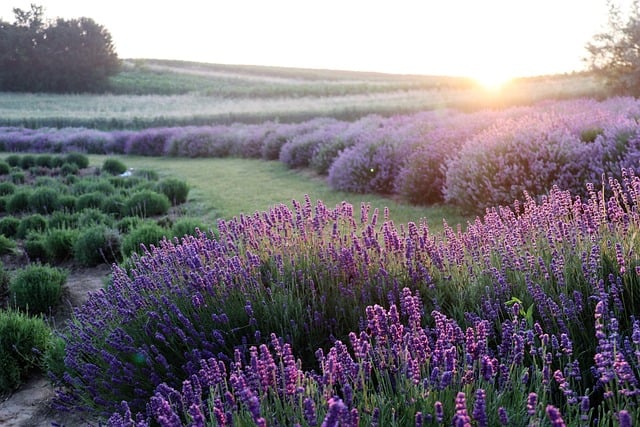
While the focus here is on the question of lavender care in the fall, it’s vital to emphasize the importance of spring pruning as a more favorable approach.
Factors to Consider for Spring Pruning
Here are some key elements to think about for effective springtime lavender pruning:
Time of Year: Aim to prune just as the new growth begins but before the flowering stems emerge. Observing your local climate and frost dates can help you time your pruning optimally.
Tools Required: Utilize sharp, clean pruning shears to ensure a clean cut. Dull tools can injure the plant and create entry points for diseases.
Technique: When pruning, avoid cutting into the old wood and aim instead to cut back to just above a node or where green leaves begin. Be proportionate with your cuts, typically removing about one-third of the plant’s height.
Consistency: For best results, make a habit of pruning annually in the spring. This consistency enhances the structural integrity of the plant and encourages healthier growth.
Conclusion: A Balanced Approach to Lavender Care
In summary, while the idea of cutting back lavender in the fall may hold some appeal for those looking to tidy up their garden, it is generally a practice best avoided unless it’s to remove a small percentage of spent flowers or dead wood. Instead, the optimal approach for maintaining vibrant, healthy lavender lies in utilizing a more spring-focused pruning schedule that supports the plant’s growth cycle.


